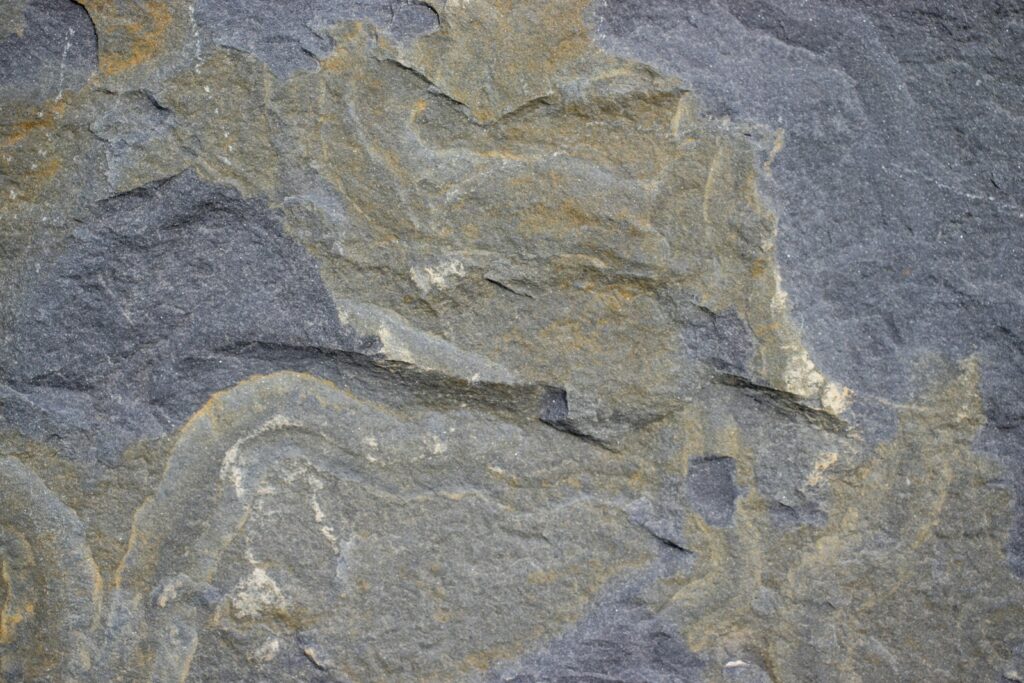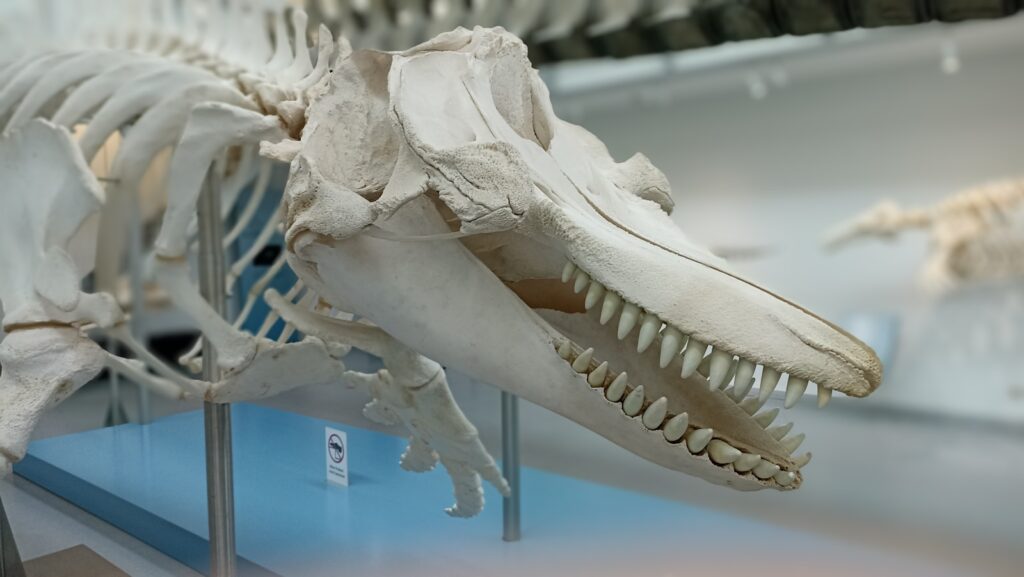Dinosaurs have captivated human imagination for centuries, but our collective vision of these prehistoric creatures is largely shaped by their portrayals in popular films. From the groundbreaking special effects of Jurassic Park to the family-friendly adventures of The Land Before Time, movies have brought dinosaurs to life in ways paleontologists could only dream of. Yet, as entertaining as these cinematic representations are, they often prioritize dramatic storytelling over scientific accuracy. This article examines the scientific veracity behind popular dinosaur films, separating paleontological fact from Hollywood fiction. By understanding where filmmakers take creative liberties, we can appreciate both the entertainment value of these films and the fascinating reality of dinosaurs as they existed millions of years ago.
The Jurassic Park Effect: Revolutionary Yet Flawed Science

When Steven Spielberg’s Jurassic Park premiered in 1993, it revolutionized not only special effects but public perception of dinosaurs. The film consulted with paleontologist Jack Horner to create what were, at the time, some of the most scientifically accurate dinosaur depictions ever seen on screen. The portrayal of velociraptors as intelligent pack hunters and the presentation of dinosaurs as active, dynamic animals rather than slow, lumbering beasts represented significant advancements in popular dinosaur representation. However, the film still contained notable inaccuracies: velociraptors were turkey-sized creatures, not the human-sized predators shown; dilophosaurus never had frills or spit venom; and the T. rex vision was likely not motion-based as dramatically portrayed. Perhaps most fundamentally, the film’s central premise of extracting dinosaur DNA from amber-preserved mosquitoes remains scientifically implausible, as DNA degrades too significantly over millions of years to be viable for cloning.
Feathers: The Missing Feature in Most Dinosaur Films

One of the most significant scientific omissions in popular dinosaur films is the absence of feathers. Since the late 1990s, paleontological evidence has conclusively shown that many theropod dinosaurs, including velociraptors and their relatives, were covered in feathers. This discovery fundamentally changed our understanding of dinosaur appearance, physiology, and their evolutionary relationship to modern birds. Yet most films, including later installments in the Jurassic Park/World franchise, continued to depict dinosaurs with scaled, reptilian skin. The 2013 film Walking with Dinosaurs briefly attempted to incorporate feathered dinosaurs but ultimately scaled back these designs in post-production. This persistent inaccuracy stems partly from audience expectations based on earlier media representations and partly from the technical challenges of rendering realistic feathers. The reluctance to depict feathered dinosaurs represents one of the largest gaps between cinematic portrayals and scientific consensus in modern paleontology.
Size Matters: Exaggeration for Dramatic Effect

Hollywood has a well-documented tendency to supersize dinosaurs for dramatic effect, often exceeding scientifically established dimensions. The velociraptor, appropriately sized as turkey-like in reality, underwent significant enlargement in the Jurassic Park franchise to create more intimidating villains. Similarly, the mosasaur featured in Jurassic World appears vastly larger than fossil evidence suggests these marine reptiles were. Even the mighty Tyrannosaurus rex often receives a size boost on screen, depicted as larger than the 40 feet in length and 12 feet in height that fossil records indicate. This size inflation extends to prehistoric creatures that weren’t dinosaurs at all, such as the Dimetrodon often incorrectly portrayed as dinosaur-sized when it was closer to the dimensions of a large dog. These exaggerations, while creating memorable cinematic moments, distort public understanding of dinosaur proportions and relative sizes, creating misconceptions that paleontologists must frequently correct.
Behavior and Intelligence: Creative Storytelling vs. Scientific Evidence

Dinosaur behavior in films frequently depends more on narrative requirements than on scientific evidence. The Jurassic Park franchise portrays velociraptors as almost supernaturally intelligent, capable of complex tactical reasoning, communication, and even opening doors—capabilities unsupported by brain-to-body ratio studies of raptor fossils. While some evidence suggests certain dinosaurs may have exhibited social behaviors, films routinely exaggerate these traits to anthropomorphize dinosaurs as characters with human-like emotions and reasoning. The Land Before Time series takes this anthropomorphization to an extreme, giving dinosaurs human speech and complex emotional lives. Paleontological evidence can tell us relatively little about dinosaur behavior compared to physical characteristics, creating a vacuum that filmmakers fill with creative speculation. The behavior of predatory dinosaurs is particularly prone to exaggeration, often depicted as relentlessly aggressive when real predators typically conserve energy and avoid unnecessary confrontation. These behavioral portrayals, while entertaining, have minimal scientific foundation.
Time Compression: The Geological Inaccuracies

One of the most pervasive scientific inaccuracies in dinosaur films involves temporal distortion—placing dinosaur species together that never coexisted. The Jurassic Park franchise is notorious for this approach, featuring Velociraptor, Dilophosaurus, and Tyrannosaurus rex living contemporaneously despite being separated by millions of years. Stegosaurus frequently appears alongside Tyrannosaurus rex in films and other media, yet these species existed approximately 80 million years apart—a greater time gap than between T. rex and humans. This compression of geological time extends beyond species to environments and landscapes, with prehistoric settings often reflecting modern geographical features incompatible with Mesozoic climate conditions. The film industry’s tendency to cherry-pick the most recognizable dinosaurs from across the entire Mesozoic Era (spanning 180 million years) creates a highly distorted picture of dinosaur ecosystems. While understandable from an entertainment perspective, this practice undermines the public understanding of evolutionary timelines and the dynamic nature of Earth’s biological history over vast timescales.
Sound Design: Roars, Calls, and Communication

The iconic roars and calls of cinematic dinosaurs represent some of the most speculative aspects of their portrayal, as soft tissues like vocal organs rarely fossilize. The memorable T. rex roar from Jurassic Park was created by combining tiger, alligator, and elephant sounds—a creative solution but one without scientific foundation. Paleontologists studying dinosaur skull structures, particularly focusing on resonating chambers, suggest many dinosaurs may have produced sounds more similar to modern birds or reptiles than the mammalian-inspired roars commonly featured in films. The hollow crests of lambeosaurines like Parasaurolophus likely functioned as resonating chambers, potentially producing distinctive low-frequency calls, but these scientifically supported possibilities rarely appear in films. Instead, sound designers typically prioritize creating vocalizations that fulfill audience expectations for fearsome prehistoric creatures. While scientists cannot definitively state what dinosaurs sounded like, the cinematic representations almost certainly diverge significantly from the actual acoustic landscape of the Mesozoic Era.
Environmental Anachronisms: Plants, Landscapes, and Climate

The background environments in dinosaur films frequently contain plants and landscapes that would have been alien to the Mesozoic Era. Many films depict familiar flowering plants (angiosperms) alongside dinosaurs from the Triassic or early Jurassic periods, despite flowering plants not becoming widespread until the Cretaceous period. Films like One Million Years B.C. notoriously placed dinosaurs and humans together in the same timeframe, an error of approximately 65 million years. Even more scientifically-minded productions often fail to represent Mesozoic flora accurately, featuring modern plant species that evolved long after dinosaurs became extinct. Climate representations can be similarly anachronistic, with little attention paid to the different atmospheric conditions of the Mesozoic, which featured higher oxygen levels and different carbon dioxide concentrations than today. These environmental inaccuracies extend to landscapes as well, with films rarely acknowledging that continental configurations were dramatically different during dinosaur times, with familiar landmarks and geographical features not yet formed. While creating authentic prehistoric environments presents significant production challenges, these anachronisms contribute to a distorted public understanding of dinosaur habitats.
The Most Scientifically Accurate Dinosaur Films

Despite the prevalence of scientific inaccuracies, some productions have made commendable efforts to portray dinosaurs with greater scientific fidelity. The BBC documentary series Walking with Dinosaurs (1999) represented a milestone in scientifically informed visualization, incorporating then-current paleontological knowledge, including speculation about dinosaur coloration and behavior, while clearly distinguishing between facts and scientific conjecture. The 2013 film Dinosaur 13, though focused on the discovery of a T. rex specimen rather than living dinosaurs, presented paleontological work with noteworthy accuracy. The children’s show Dinosaur Train, while stylized, incorporates surprisingly current paleontological concepts and explicitly discusses scientific evidence. Apple TV+’s Prehistoric Planet (2022), produced in collaboration with the BBC and narrated by David Attenborough, stands as perhaps the most scientifically rigorous visual representation of dinosaurs to date, featuring feathered dinosaurs, scientifically plausible behaviors, and environments based on the latest paleontological research. These productions demonstrate that scientific accuracy and engaging storytelling need not be mutually exclusive when bringing prehistoric life to the screen.
The Changing Face of T. Rex: Evolution of an Icon

The Tyrannosaurus rex serves as a perfect case study for how dinosaur depictions have evolved with advancing scientific knowledge. Early film portrayals from 1925’s The Lost World through the 1960s depicted the T. rex as an upright, tail-dragging creature with a kangaroo-like posture, reflecting the scientific understanding of the era. Jurassic Park revolutionized this image in 1993 with a more horizontally oriented posture and active locomotion, transforming public perception of this apex predator. Scientific discoveries since then have further refined our understanding, with evidence suggesting the T. rex likely had at least some feathering, particularly as juveniles, though this aspect rarely appears in films. Research indicating the T. rex had excellent vision and sense of smell has been inconsistently incorporated into film portrayals. Additionally, biomechanical studies suggesting the T. rex’s top speed was closer to 12-17 mph (rather than the “jeep-chasing” speeds shown in Jurassic Park) have been largely ignored in subsequent films that continue to show the dinosaur moving at impossibly high velocities. The evolution of T. rex portrayals demonstrates how film depictions lag behind scientific advances, often preferring established visual traditions that audiences recognize over updated scientific accuracy.
Coloration Conjectures: The Palette Problem

The vibrant color schemes often seen in dinosaur films have little scientific foundation, as traditional fossilization preserves bone structure but rarely provides evidence of soft tissue coloration. Until recently, paleontologists could only speculate about dinosaur colors, leading filmmakers to adopt reptilian greens and browns or more creative color patterns based on modern animals. This changed in the 2010s when scientists began identifying melanosomes—cellular structures containing pigment—in exceptionally preserved fossils, revealing that some dinosaurs like the Microraptor had iridescent black feathers similar to modern ravens. Studies of Sinosauropteryx indicated a rusty red-and-white striped tail pattern, while Psittacosaurus showed countershading—darker upper surfaces and lighter undersides—for camouflage. Despite these breakthroughs, most films continue to use speculative coloration based more on aesthetic considerations than scientific evidence. The 2022 series Prehistoric Planet marks an exception, incorporating current research on dinosaur coloration into its visual designs. The reality of dinosaur appearance likely included a mix of camouflage patterns, display colors for mating, and other adaptations far more complex than the relatively simple color schemes typically portrayed in entertainment media.
Scientific Consultants: When Filmmakers Listen (And When They Don’t)

The relationship between scientific consultants and filmmakers reveals much about priorities in dinosaur cinema. Major productions like Jurassic Park employed respected paleontologists such as Jack Horner, incorporating some scientific principles while deliberately ignoring others for storytelling purposes. Director Steven Spielberg famously overruled scientific advice regarding velociraptor size, preferring the dramatic impact of larger predators to scientific accuracy. Phil Tippett, who worked on Jurassic Park’s dinosaur movements, described the process as balancing scientific plausibility with audience expectations and narrative requirements. This tension appears consistently across dinosaur films, with scientific consultants often finding their advice selectively implemented or overridden entirely. The 2013 film Walking with Dinosaurs originally featured scientifically accurate feathered dinosaurs, but executives added unrealistic anthropomorphic dialogue and reduced feathering in post-production, fearing audiences would reject more accurate portrayals. These examples illustrate how commercial considerations frequently trump scientific accuracy, even when expert consultants are involved in production. When paleontologists do have greater creative control, as with documentary series like Prehistoric Planet, the resulting dinosaur portrayals tend to align much more closely with current scientific understanding.
The “Rule of Cool”: Entertainment Value vs. Educational Accuracy

Filmmakers frequently invoke what industry insiders call the “Rule of Cool”—prioritizing what looks exciting or dramatic over what might be scientifically accurate. This principle explains many of the most persistent inaccuracies in dinosaur films, from oversized predators to impossible behaviors. Director Colin Trevorrow explicitly defended the lack of feathers on dinosaurs in Jurassic World by citing consistency with earlier films rather than scientific accuracy, demonstrating how franchise expectations can override scientific developments. The 2022 film Jurassic World Dominion included a feathered Pyroraptor and Therizinosaurus with more accurate anatomy, yet it still featured scientifically implausible behaviors and situations. This tension between entertainment and education creates a paradox for paleontologists: inaccurate films generate public interest in dinosaurs that can lead to greater support for paleontological research, yet these same films propagate misconceptions that scientists then must work to correct. The history of dinosaur cinema suggests this balance will continue to favor spectacle over science, with improvements in accuracy coming incrementally rather than revolutionarily. As paleontologist Steve Brusatte noted regarding Jurassic World, “A completely accurate film might be scientifically satisfying but dramatically boring”—a perspective that encapsulates the fundamental compromise at the heart of popular dinosaur media.
Future Directions: Will Dinosaur Films Become More Scientifically Accurate?

The trajectory of scientific accuracy in dinosaur films shows a complex pattern of progress and resistance. Technological advancements in CGI and animation now make it feasible to render scientifically accurate dinosaurs, including complex feathering and realistic movement patterns based on biomechanical models. The success of David Attenborough’s Prehistoric Planet demonstrates that audiences can embrace more accurate portrayals when presented with high production values and engaging narratives. However, commercial blockbusters face different market pressures, with established franchises like Jurassic World constrained by visual continuity with earlier installments and audience expectations formed by decades of inaccurate media. Paleontologist Thomas Holtz suggests that we may see a bifurcation in dinosaur media, with documentary-style productions embracing greater scientific accuracy while action-adventure franchises continue prioritizing spectacle over science. Public education about dinosaurs has improved significantly, creating more scientifically literate audiences who may increasingly demand greater accuracy even in entertainment contexts. The integration of feathered dinosaurs in Jurassic World Dominion, however limited, suggests that even mainstream franchises may gradually incorporate more scientific elements as audience expectations evolve. The future of dinosaur depictions likely depends on finding a balance that respects scientific understanding while maintaining the wonder and excitement that makes dinosaurs so captivating in the first place.
Balancing Science and Storytelling in Dinosaur Films

Dinosaur films occupy a unique position at the intersection of science and entertainment, bringing extinct creatures to life through a combination of scientific knowledge and creative interpretation. While these portrayals often fall short of complete scientific accuracy, they serve an important cultural function by maintaining public fascination with paleontology and prehistoric life. The best dinosaur media acknowledges the tensions between scientific fidelity and storytelling requirements, using dramatic license thoughtfully rather than arbitrarily. As scientific understanding continues to evolve and audience sophistication increases, we can hope for dinosaur portrayals that capture both the accurate wonder of these extraordinary animals and the dramatic excitement that makes for compelling cinema. In the meantime, viewers armed with knowledge about common inaccuracies can appreciate dinosaur films for what they are—entertainment inspired by, but not bound by, our scientific understanding of Earth’s most magnificent extinct creatures.




